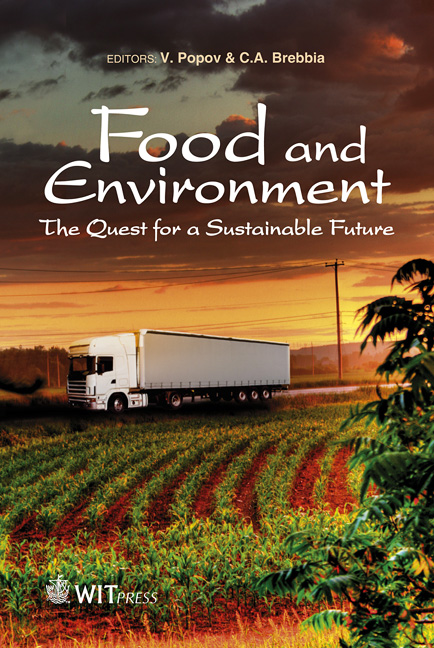Microbial Growth Models For Shelf Life Prediction In An Icelandic Cod Supply Chain
Price
Free (open access)
Transaction
Volume
152
Pages
11
Page Range
69 - 79
Published
2011
Size
2,436 kb
Paper DOI
10.2495/FENV110071
Copyright
WIT Press
Author(s)
R. Gospavic, H. L. Lauzon, V. Popov, E. Martinsdottir, M. N. Haque & E. Reynisson
Abstract
The quality and safety of food products is influenced by the presence of spoilage and pathogenic microorganisms. The presence and concentration of spoilage microorganisms is the main factor which determines the shelf life of a food product. The presence of pathogens could cause serious health problems. In order to simulate and predict the shelf life of Icelandic cod loins stored in styrofoam boxes in an actual supply chain from Iceland to France, a mathematical model for microbial growth is developed. Three specific spoilage organisms (SSO) are considered: Pseudomonas spp. (Ps), Photobacterium phosphoreum (Pp) and H2S-producing bacteria (H2S). The Baranyi and Roberts model is used for prediction of microbial growth in cod loins. The temperature dependence of the growth rate is taken into account through the square root model as a secondary model. Previous laboratory data are used for developing the primary and secondary models. The laboratory data from field trials, collected under dynamic temperature conditions, are used for calibration of the lag phase for each spoilage bacterium. Temperature recordings along with microbial and sensory analyses from the different cod groups are collected to test and validate the shelf life prediction (SLP) models. Finally, the model predictions are compared with shelf life data obtained by sensory evaluation of cooked products performed during the trials. Keywords: Icelandic cod, microbial growth models, shelf life prediction, field trials.
Keywords
Icelandic cod, microbial growth models, shelf life prediction, field trials





